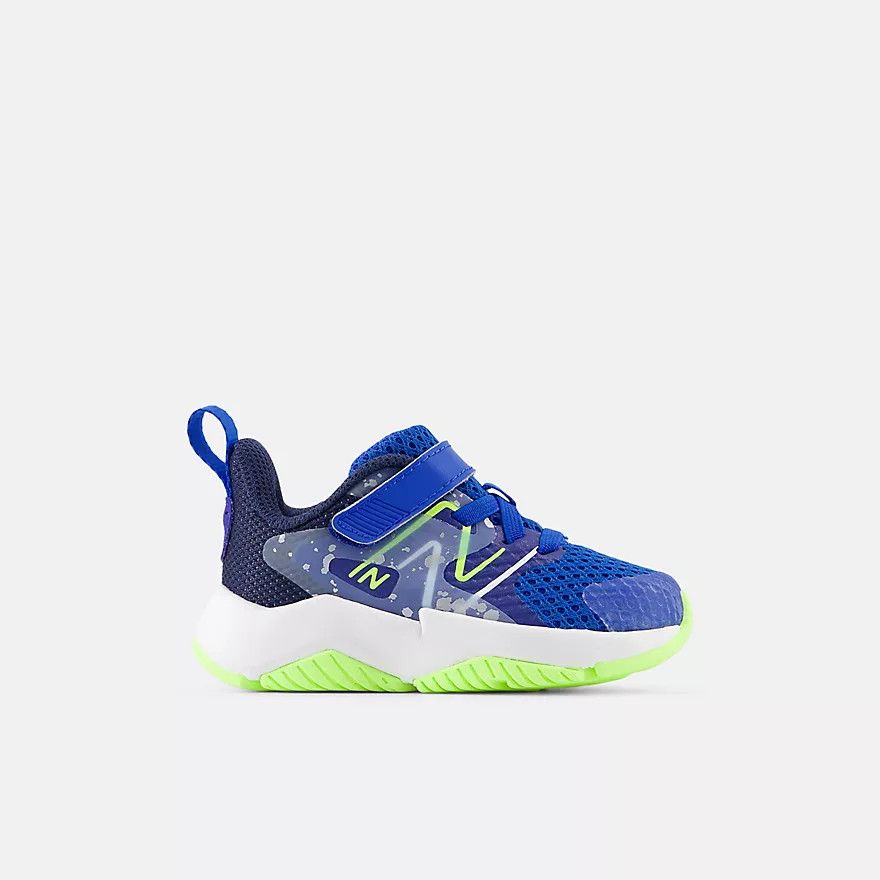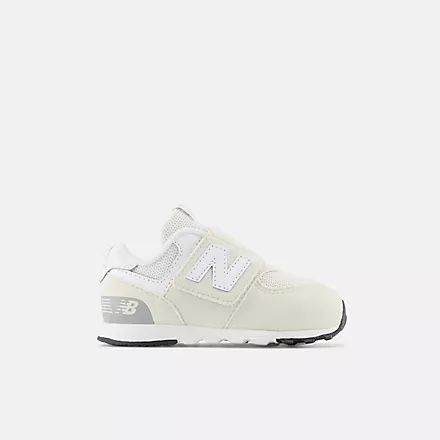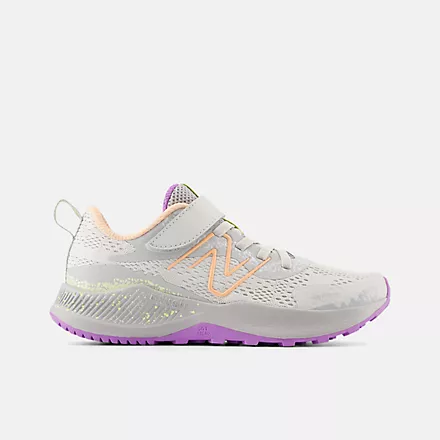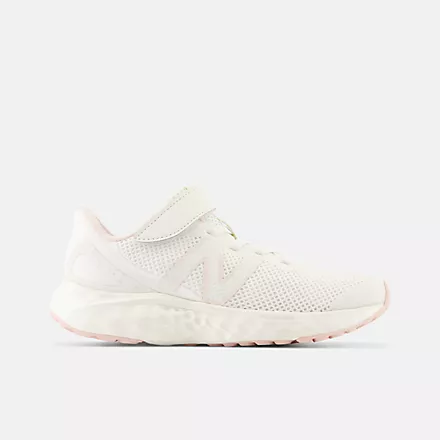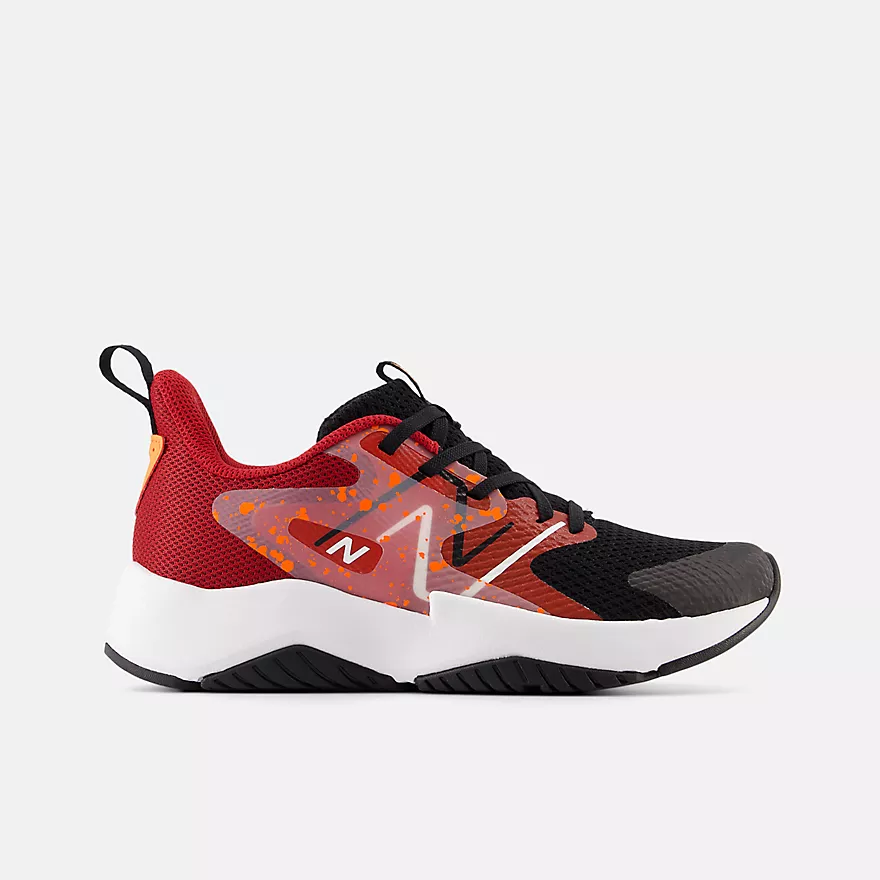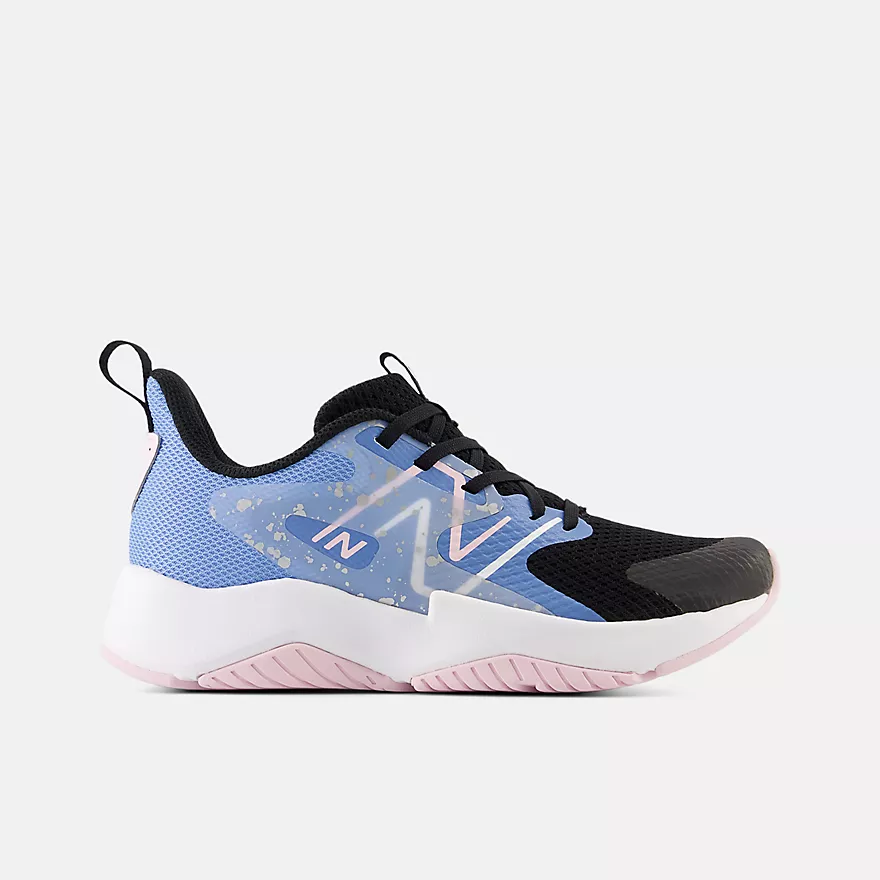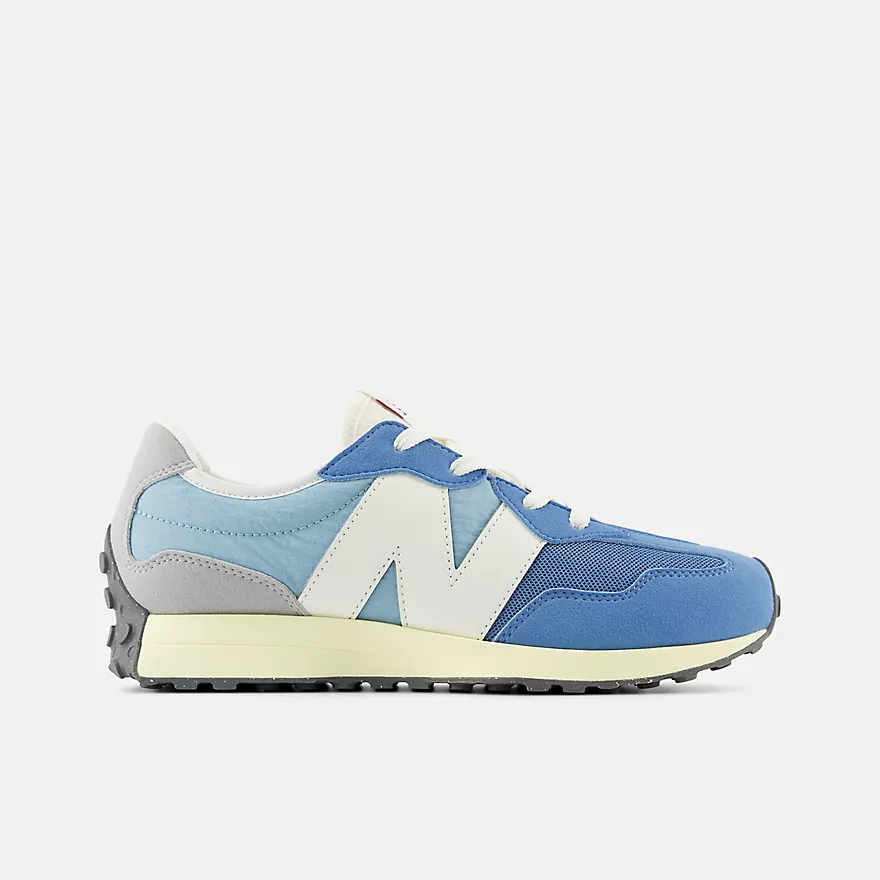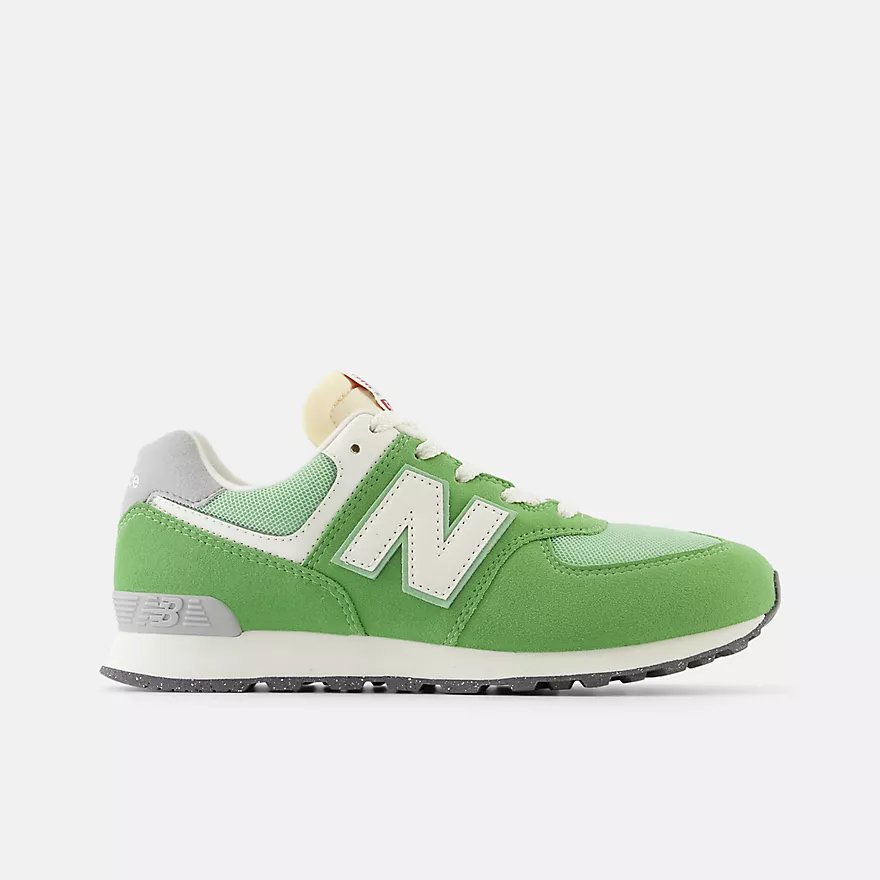Five Common Mistakes Parents Make when Buying their Kids’ Shoes – Learn How to Keep Your Kids’ Feet Healthy!

I have been working for a specialized children’s shoe store for over 10 years now, and I have noticed how parents tend to make the same common mistakes when buying their kids’ shoes. Let me show you the five common mistakes parents make when buying their kids’ shoes based on my many years of shoe fitting experience.
Finding a pair of shoes that fit, are fashionable and helpful to the healthy development of your child’s feet is not an easy thing to do. I have helped a large number of children who were experiencing foot and leg pain find the correct types of shoes to significantly reduce, and in some cases fully eliminate the pain.
Is Your Child Experiencing Foot or Leg Pain?
Most of the children that were experiencing pain and discomfort were not wearing the correct shoe size or the correct shoe style. I have noticed that most of these families were making the same mistakes when buying shoes for their children, so I decided to create this article to explain these mistakes and how to overcome them.
Before I begin, I want you to remember one thing: It doesn’t matter how supportive, durable, breathable, lightweight, and flexible the shoe that you buy for your child is, if it is not fitted properly, your child won’t get any of the benefits that the shoe has to offer.
Kids’ feet grow so fast that buying increasingly larger shoes for them is inevitable until they finally reach their teenage years. That is why buying footwear for children can be very frustrating – not only the constant financial expenditure but also the knowledge parents have to possess to choose the right pair of shoes.

Let me show you the five most common mistakes parents make when buying their kid’s shoes and how to overcome them.
1️⃣ Mistake #1: Assuming that your child’s foot size automatically translates into their actual shoe size.
This is the most common mistake parents make that leads their children to wear the wrong shoe size and develop foot issues such as blisters, calluses, and corns.
You always want to provide your child with a half a size longer – 3/16 of an inch or 0.4 centimeters of space between your child’s longest toe and the end of the shoes. However, you might have to adjust the final shoe size that you get for your child depending on how the shoes fit.
For example, if your child measures a foot size 5 and the shoes fit “short”, then you will need to choose the shoe size 6 to allow enough growing room —a whole size longer instead of half a size longer— On the other hand, if the shoes fit “long” then you will need to pick the same shoe size instead of going a half a size longer —since the shoes already fit long.
I always recommend parents take their children to their local fitting children’s shoe store that they trust, the issue is that most fitting stores have been closing down and parents need to end up buying their kids’ shoes online. There is nothing wrong with this, but you must know your child’s exact foot size to know what size to order.
I created a resource that showcases the best-fitting children’s shoe stores by state.
If after looking at that resource you still can’t seem to identify a shoe store in your area, then proceed to take a look at an article I created that describes the simplest, yet most effective way to figure out your child’s foot size from home. In that article I help parents determine their child’s exact foot size and whether the child has narrow, medium, wide, or extra wide feet. I also will be able to tell you whether your child has a high instep or not.
2️⃣ Mistake #2: Assuming That Shoes Are Only Available in Medium or Standard Widths
Most parents are not aware of the fact that certain children’s shoes are available in different widths, and they end up buying shoes that are too long to compensate for their children’s wide feet, or too small to compensate for their children’s narrow feet.
If your child has narrow feet, there are certain children’s shoes that fit narrower than others. Take a look at an article I wrote where I describe the best narrow shoes for kids.
When it comes to finding shoes for children with wide or extra wide feet, there are shoe styles that actually are available in wide (W) extra wide widths (XW) and some of the most popular shoe brands for kids with wide feet include New Balance, Saucony, and Stride Rite.
3️⃣ Mistake #3: Allowing Children to Wear Shoes without Socks
I have seen this numerous times, and I understand, that certain children can’t tolerate the way socks feel. However, keep in mind that socks act as a barrier between your kids’ feet and the shoes, preventing the buildup of bacteria inside the shoes.
Socks are also important because they cushion your kids’ feet, preventing the feet from rubbing against the shoes. For example, when children don’t wear socks with their shoes they might get blisters on the back of their heels or the top of their toes.
If you have a child who feels every bump and lump and can’t stand the way socks feel, you should strongly consider providing your child with a pair of seamless socks.
4️⃣ Mistake #4: Providing Children with Hand-Me-Down Shoes
There are several health concerns associated with providing children with second-hand shoes:
- The tread and the heel counter of the shoe might be worn down, which leads to less support and stability.
- Bacteria and fungus tend to thrive within the materials of older, worn shoes.
Please try to avoid providing your child with hand-me-down shoes. It’s always better to provide children with the most affordable new shoe rather than a used one. The only type of footwear I recommend parents hand down is rain boots or snow boots, as they tend to hold the shape better than any other type of footwear.
5️⃣ Mistake #5: Wearing Fashion Shoes Instead of Sneakers
Can children wear fashionable shoes instead of sneakers? I don’t recommend allowing your child to wear fashionable shoes for more than 5 hours a day. Most fashion shoes don’t provide the correct amount of support for your child to be able to walk and run around comfortably and safely.
If you decide to provide your child with a pair of fashionable shoes, I recommend that you have your child alternate them with his/her everyday sneakers.
Let me show you a selection of the most popular everyday shoes for children that I have tried before. These styles are supportive, lightweight, flexible, breathable, and durable. The shoe styles that I describe below are all available in different widths such as medium, wide, and extra wide, so please choose your child’s foot width accordingly.
I only write reviews of shoe styles that I have fitted before, otherwise, I wouldn’t know how well-made they are, the amount of support that they provide, and how they fit. Disclosure: Some links in this post may be affiliate links and we may receive a small commission (at no extra cost to you) when you click our links and make purchases.
The Best Kids’ Shoes
Below is a selection of the best kids’ shoes that I have fitted before in terms of comfort, support, and quality. They are also available in different widths such as medium (M), wide (W), and extra wide (XW).
Toddler Shoe Sizes (0 to 10)
- Shoe style RaveRun by New Balance
- Available in medium, wide and extra wide widths
- Oversized opening for easy on and off
- Lightweight injection-molded EVA foam midsole provides lightweight cushioning
- Hook and loop closure
- Order this shoe a whole size larger than your toddler’s current foot size
- Shoe style RaveRun by New Balance
- Available in medium, wide and extra wide widths
- Oversized opening for easy on and off
- Lightweight injection-molded EVA foam midsole provides lightweight cushioning
- Hook and loop closure
- Order this shoe a whole size larger than your toddler’s current foot size
- Shoe style Original Jazz Lite 2.0 by Saucony
- Available in medium and wide widths
- Velcro closure
- Leather and mesh upper for durability and breathability
- APMA Certified
- Traction pods on the outsole for serious grip
- EVA midsole for lightweight feel
- Order this shoe a whole size larger than your toddler’s current foot size
- Shoe style Ride 10 Jr by Saucony
- Available in medium, wide, and extra wide widths
- Velcro closure
- Leather and mesh upper
- Non-marking traction pods to help improve stability
- APMA approved
- Toe cap for extra durability
- Order this shoe a whole size larger than your toddler’s current foot size
- Shoe style 2510 by Tsukihoshi
- Fits medium and wide feet (fits high insteps)
- Velcro closure
- Removable insoles
- Lightweight and flexible
- Extra wide toe box allows natural splaying of toes for better balance, comfort, and foot health
- Long heel counter provides stability
- Machine washable
- Order this shoe the same size as your toddler’s current foot size (shoe fits long)
- Shoe style 2510 by Tsukihoshi
- Fits medium and wide feet (fits high insteps)
- Velcro closure
- Heel stabilizer provides lateral stability
- Removable insoles
- The insoles are Infused with natural Green Tea extract (no chemicals)
- Machine washable
- Order this shoe the same size as your toddler’s current foot size (shoe fits long)
- New Balance shoe style Fresh Foam 650
- Fits children with medium, wide, or extra wide feet
- Velcro closure
- Leather and mesh upper
- Mesh collar and tongue are padded with foam for a great fit and added comfort
- Extra deep
- Order this shoe a whole size larger than your toddler’s current foot size
- Shoe style 574 by New Balance
- Available in medium, wide, and extra wide widths (fits high insteps)
- Velcro closure
- Oversized opening for easy on and off
- Fresh Foam midsole cushioning is precision engineered to deliver an ultra-cushioned, lightweight ride
- Order this shoe a whole size larger than your toddler’s current foot size
- Shoe style Fresh Foam by New Balance
- Available in medium, wide and extra wide widths
- Oversized opening for easy on and off
- Lightweight injection-molded EVA foam midsole provides lightweight cushioning
- Hook and loop closure
- Order this shoe a whole size larger than your toddler’s current foot size
- Shoe style Sr Thompson by Stride Rite
- Available in medium and wide widths (fits high insteps)
- Velcro closure
- Ortholite memory foam footbeds
- Opens super wide which makes in and out easy
- Recycled material linings to help reduce odor
- Order this shoe half a size larger than your toddler’s current foot size
- Shoe style SRT Winslow by Stride Rite
- Available in medium and wide widths (fits high insteps)
- Velcro closure
- Toe cap reinforcement and bumptoe protection against stumbles
- Opens super wide which makes in and out easy
- Step-stabilizing design with comfy Ortholite memory foam footbeds
- Order this shoe half a size larger than your toddler’s current foot size
- Shoe style Fresh 574 by New Balance
- Available in medium, wide and extra wide widths
- Oversized opening for easy on and off
- No-sew overlays
- Order this shoe a whole size larger than your toddler’s current foot size
- See Kai Run shoe style Robyne
- Fits children with medium, wide, or extra wide feet
- Breathable textile lining and cushioned insole
- Double velcro straps for easy on and off adjustability
- Padded tongue and collar for added comfort
- Order this shoe a half size larger than your toddler’s current foot size
- See Kai Run shoe style Robyne
- Fits children with medium, wide, or extra wide feet
- Canvas upper
- Toe cap is durable for early steps
- Double velcro straps
- Oversized opening for easy on and off
- APMA approved
- Order this shoe half a size larger than your toddler’s current foot size
- Shoe style 574 New-b V1 by New Balance
- Available in medium, wide, and extra wide widths (fits high insteps)
- Velcro closure
- Generous toe box and instep to accommodate and support a first-walker’s needs
- Mesh and suede upper for durability and comfort
- Extra deep
- Order this shoe a whole size larger than your toddler’s current foot size
- Shoe style 574 New-b V1 by New Balance
- Available in medium, wide, and extra wide widths (fits high insteps)
- Velcro closure
- Generous toe box and instep to accommodate and support a first-walker’s needs
- Mesh and suede upper for durability and comfort
- Extra deep
- Order this shoe a whole size larger than your toddler’s current foot size
Little and Big Kid Sizes (10.5 to 7)
- Shoe style RaveRun by New Balance
- Available in medium, wide, and extra wide widths
- Velcro closure
- Synthetic and engineered mesh upper
- Stitched-on toe cap for extra durability
- Order this shoe a half size larger than your child’s current foot size
- Shoe style Nitrel v5 by New Balance
- Available in medium and wide widths
- Velcro closure
- Synthetic and engineered mesh upper
- Stitched-on toe cap for extra durability
- Order this shoe a half size larger than your child’s current foot size
- Shoe style Russell by See Kai Run
- Fits medium, wide, and extra wide feet (fits high insteps)
- Double velcro straps
- Removable, contoured, leather-lined footbed for breathability and comfort
- Lightweight and flexible
- Order this shoe a half size larger than your child’s current foot size
- Shoe style Robyn by See Kai Run
- Fits medium, wide, and extra wide feet (fits high insteps)
- Double velcro straps
- Removable, contoured, leather-lined footbed for breathability and comfort
- Lightweight and flexible
- Order this shoe a half size larger than your child’s current foot size
- Shoe style Velocity by Tsukihoshi
- Fits medium and wide feet (fits high insteps)
- Velcro closure
- Heel stabilizer provides stability
- Removable insoles
- The insoles are Infused with natural Green Tea extract (no chemicals)
- Machine washable
- Order this shoe the same size as your child’s current foot size (shoe fits long)
- Shoe style 3584 Rainbow by Tsukihoshi
- Fits medium and wide feet (fits high insteps)
- Velcro closure
- Removable insoles
- The insoles are Infused with natural Green Tea extract (no chemicals)
- Machine washable
- Order this shoe the same size as your child’s current foot size (shoe fits long)
- Shoe style Fresh Foam 650 Bungee by New Balance
- Available in medium, wide, and extra wide widths (fits high insteps)
- Velcro closure
- Mesh collar and tongue are padded with foam for a comfortable fit
- Fresh Foam midsole cushioning is precision engineered to deliver an ultra-cushioned, lightweight ride
- Order this shoe a whole size larger than your child’s current foot size
- Shoe style Fresh Foam Arishi v4 by New Balance
- Available in medium, wide, and extra wide widths (fits high insteps)
- Velcro closure
- Synthetic and engineered mesh upper
- Durable rubber outsole designed to withstand wear-and-tear
- Order this shoe a half size larger than your child’s current foot size
- Shoe style Arishi v4 by New Balance
- Available in medium, wide, and extra wide widths (fits high insteps)
- Velcro closure
- Mesh collar and tongue are padded with foam for a comfortable fit
- Fresh Foam midsole cushioning is precision engineered to deliver an ultra-cushioned, lightweight ride
- Order this shoe a whole size larger than your child’s current foot size
- The New Balance shoe style RaveRun is available for little and big kids
- Fits children with medium, wide, or extra wide feet
- Available in laces
- No-sew overlays for a sleek fit and feel
- Mesh collar and tongue are padded with foam for a great fit and added comfort
- Order this shoe half a size larger than your child’s current foot size
- The New Balance shoe style RaveRun is available for little and big kids
- Fits children with medium, wide, or extra wide feet
- Available in laces
- Leather and mesh upper
- No-sew overlays for a sleek fit and feel
- Order this shoe half a size larger than your child’s current foot size
- Shoe style Axon by Saucony
- Available in medium and wide widths
- EVA midsole provides increased shock attenuation, responsive cushioning and lasting durability
- Cushioned footbed
- Order this shoe a whole size larger than your child’s current foot size
- Shoe style Axon by Saucony
- Available in medium and wide widths
- EVA midsole provides increased shock attenuation, responsive cushioning and lasting durability
- Padded tongue and collar
- Cushioned footbed
- Order this shoe a whole size larger than your child’s current foot size
- New Balance shoe style Fresh Foam 880v12
- Fits children with medium, wide, or extra wide feet
- Lace-up closure
- Dual-layer midsole construction featuring top-bed foam cushioning and underfoot Fresh Foam X
- Order this shoe half a size larger than your child’s current foot size
- Shoe style 480 V1 by New Balance
- Available in medium and wide widths
- Lace-up closure
- Lightweight EVA midsole
- Leather and mesh upper for durability & breathability
- Order this shoe a whole size larger than your child’s current foot size
- Shoe style 327 by New Balance
- Available in medium and wide widths
- Lace-up closure
- FuelCell foam delivers a propulsive feel to help drive you forward
- Order this shoe a whole size larger than your child’s current foot size
- New Balance shoe style FuelCell Propel v5
- Fits children with medium, wide, or extra wide feet
- Dual-layer midsole construction featuring top-bed foam cushioning and underfoot Fresh Foam X
- Order this shoe a whole size larger than your child’s current foot size
- Shoe style 574 by New Balance
- Available in medium and wide widths
- Lace-up closure
- ENCAP midsole cushioning provides good arch and heel support
- Leather and suede upper
- Order this shoe half a size larger than your child’s current foot size
- New Balance shoe style Fresh Foam Arishi v4
- Fits children with medium, wide, or extra wide feet
- Lace-up closure
- Mesh upper is lightweight and breathable
- Lightweight EVA foam cushioning in the midsole and padded heel increases comfort
- Firm heel counter
- Supportive heel for active kids
- Order this shoe a half size larger than your child’s current foot size
Are Any Other Shoe Choices Available?
If none of these shoes are available in your child’s shoe size or if you need the shoes to be made of a specific color don’t hesitate to email me at: [email protected]
According to a survey conducted in the US, 70 percent of kids wear ill-fitting shoes, and their parents do not even notice it. While larger shoes for children might mean saving a little extra money for parents, this could be very dangerous for kids. A little space between the toes and the shoes will give your child’s feet room for breath and wiggling, but too much space could cause them to trip and also create several foot issues such as blisters, calluses, and corns.
Do you identify with any of the mistakes that I mentioned before? Have you tried a particular shoe style or shoe brand that has worked well for your child’s feet?

